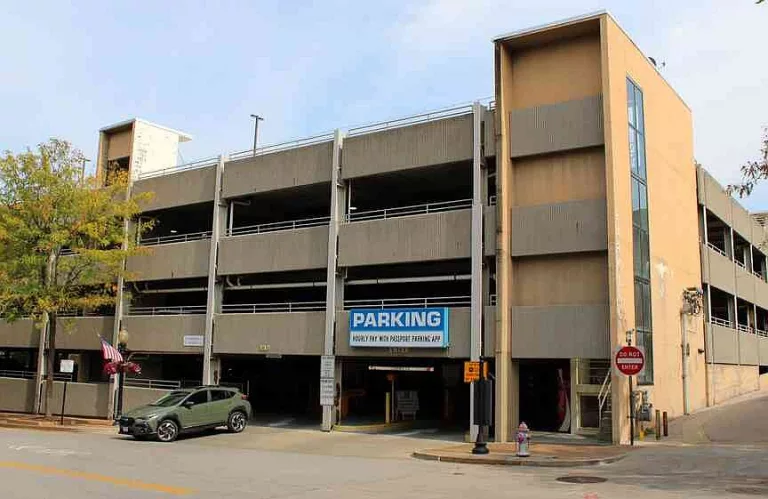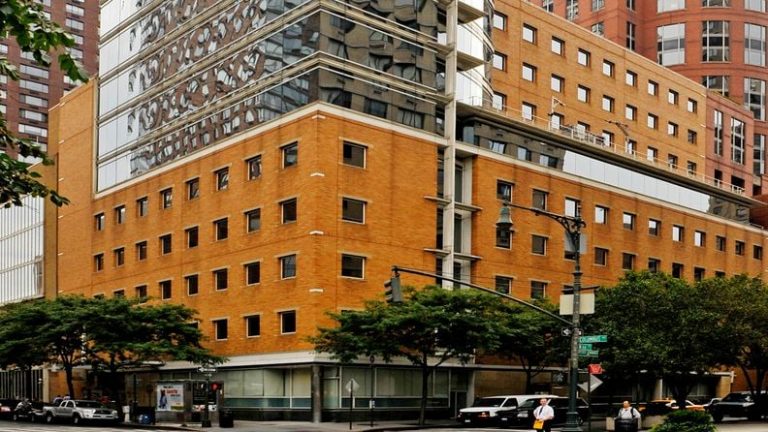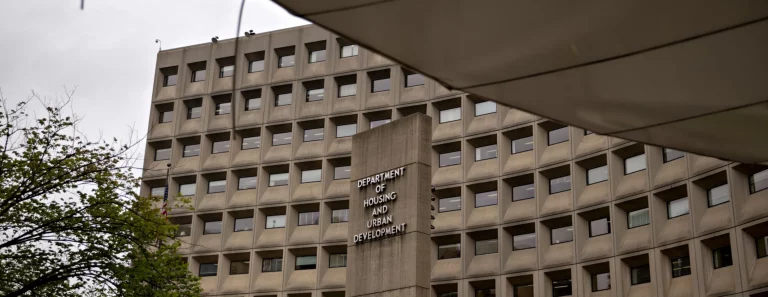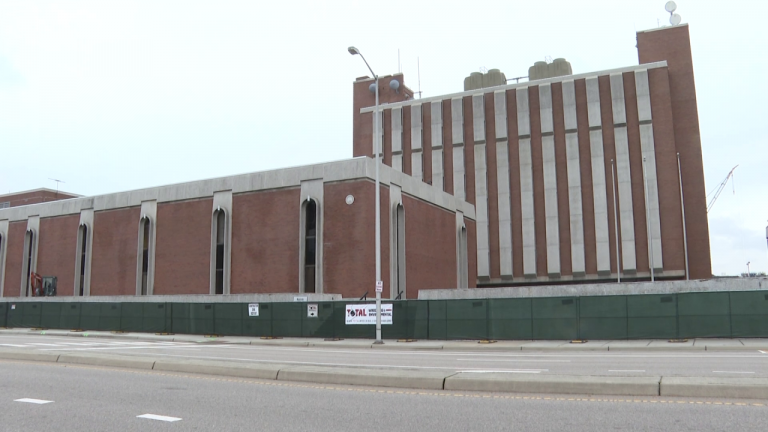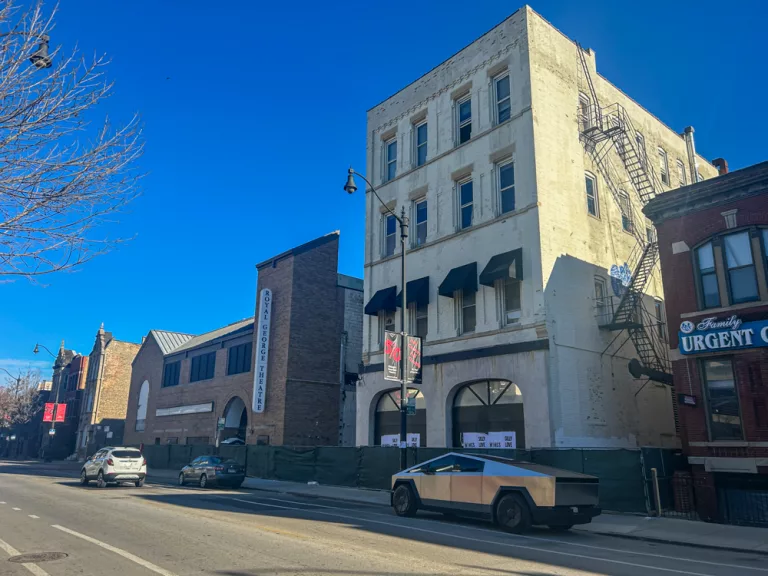
The economic impact of the recycling and reuse industry within Austin created more than 6,300 jobs and $1.1 billion in overall activity in 2018.
According to the Environmental Protection Agency (EPA), the United States creates 600 million tons of construction and demolition debris yearly. In 2019, Texas sent over 7.5 million tons of construction and demolition debris to landfills taking up valuable space with material that should have been recycled or reused.
The City of Austin requires construction and demolition recycling. Here are five local economic and environmental benefits of reusing and recycling construction material.
1. Conserves landfill space
According to the Texas Commission on Environmental Quality (TCEQ), construction and demolition debris accounted for over 21 percent of the total waste taken to landfills in Texas in 2019. It is the second-largest waste stream in Texas after municipal waste.
Recycling or reusing construction debris can expand the lifespan of regional landfills and help reduce the long-term expense to the community of maintaining existing landfills and building new ones.
2. Creates jobs and stimulates the economy
The economic impact of the recycling and reuse industry within Austin created over 6,300 jobs and $1.1 billion in overall activity in 2018. Contractors can help create jobs by donating or recycling construction and demolition materials. Taking the time to recycle and reuse building material helps support an economy in which these materials can be utilized rather than disposed of or burned.
3. Tax deductions
Building owners can choose to deconstruct a building instead of demolishing it. Contractors salvage materials and channel them back into the marketplace.
Recommended
There are tax benefits for building owners who donate materials to qualified organizations. These deductions may offset the extra cost of the deconstruction project. The after-tax value of the donated building materials is typically about 35% of the total appraisal. Tax benefits are dependent on the type and condition of the building and materials, etc.
There are several factors to remember when claiming a tax deduction. The organization must need the donated materials. Building owners must also know the fair market value of the materials. An item or group of similar items of the donated property will need an appraisal if they are worth more than $5,000.
4. Preserves natural resources
Reusing and recycling construction materials means we can conserve natural resources.
The Texas Department of Transportation (TxDOT) uses about 1 million tons of recycled concrete annually. By reusing these materials for road construction, TxDOT reduces the needs for harvesting natural stone and reduces landfill waste.
5. Reduces harmful emissions
Hydrogen sulfide gas is a problem in landfills that contain construction debris. This gas forms when bacteria react with gypsum found in drywall. Recycling drywall can reduce health risks and unpleasant odors the gas creates.
TxDOT says that by using recycled concrete, they reduce greenhouse gas emissions by 46,000 metric tons of carbon dioxide each year. That’s the same as driving 31,542 passenger vehicles for one year.
Learn more about the City of Austin’s Construction and Demolition Recycling ordinance or find a list of reuse organizations and recycling facilities at austintexas.gov/cd.


